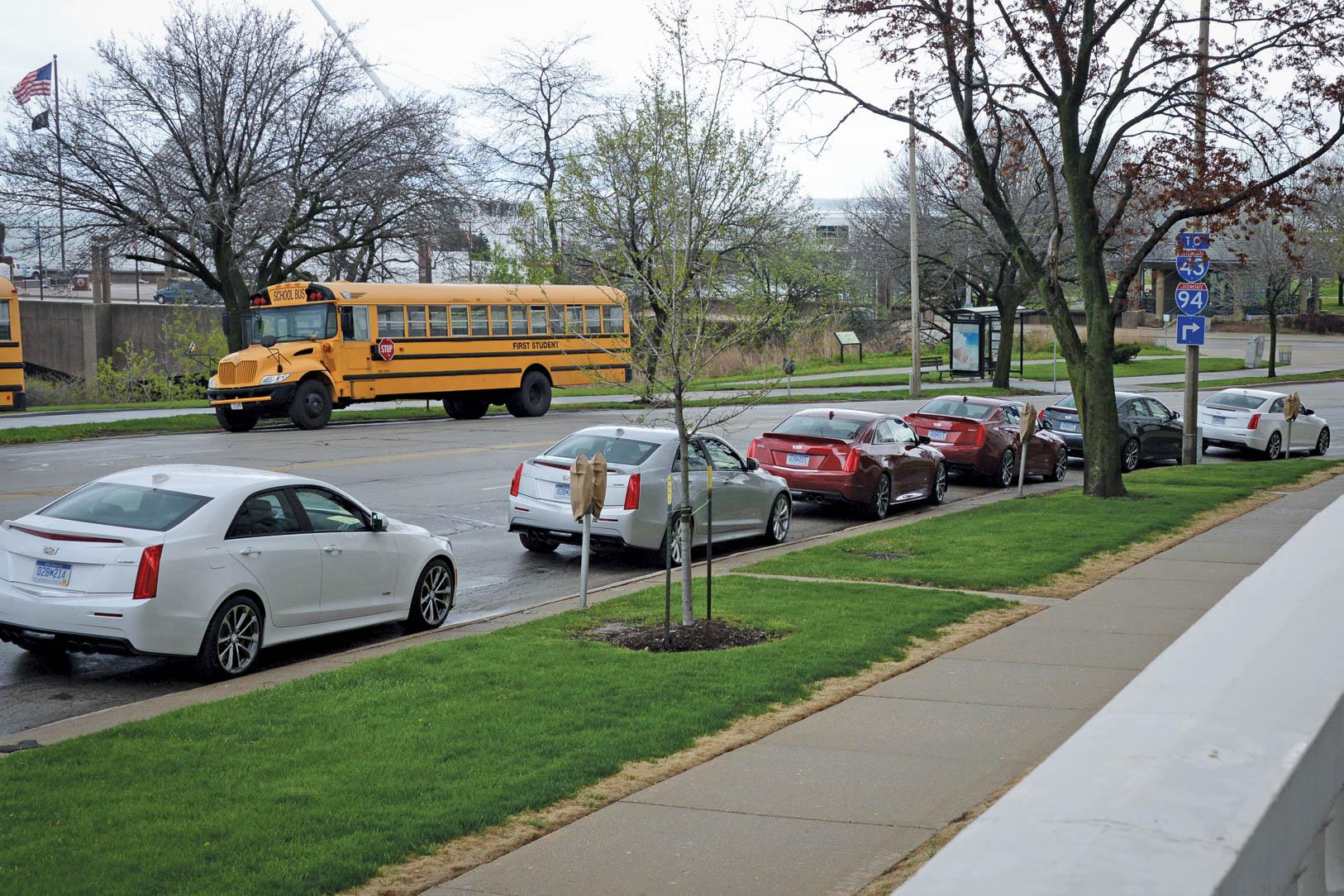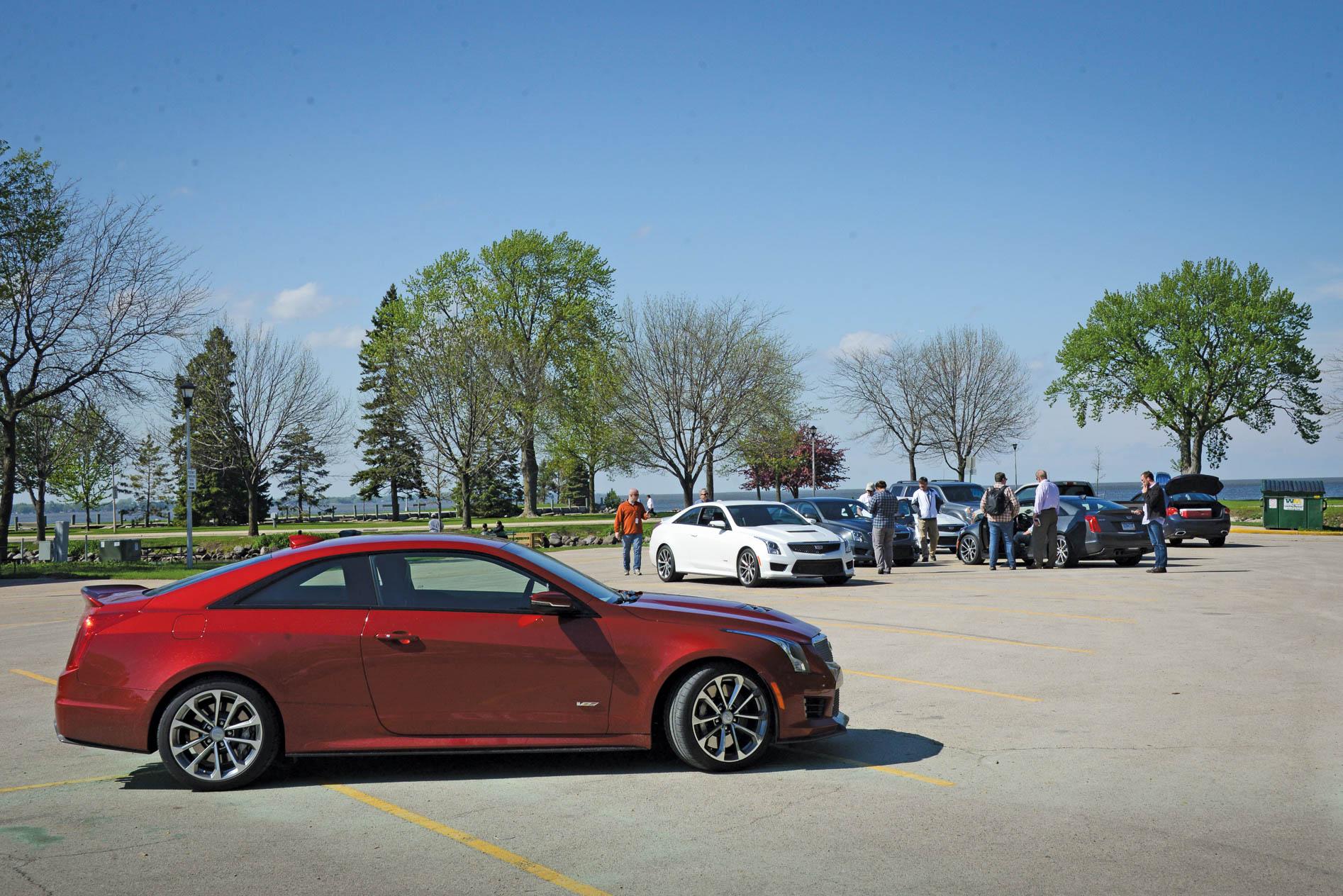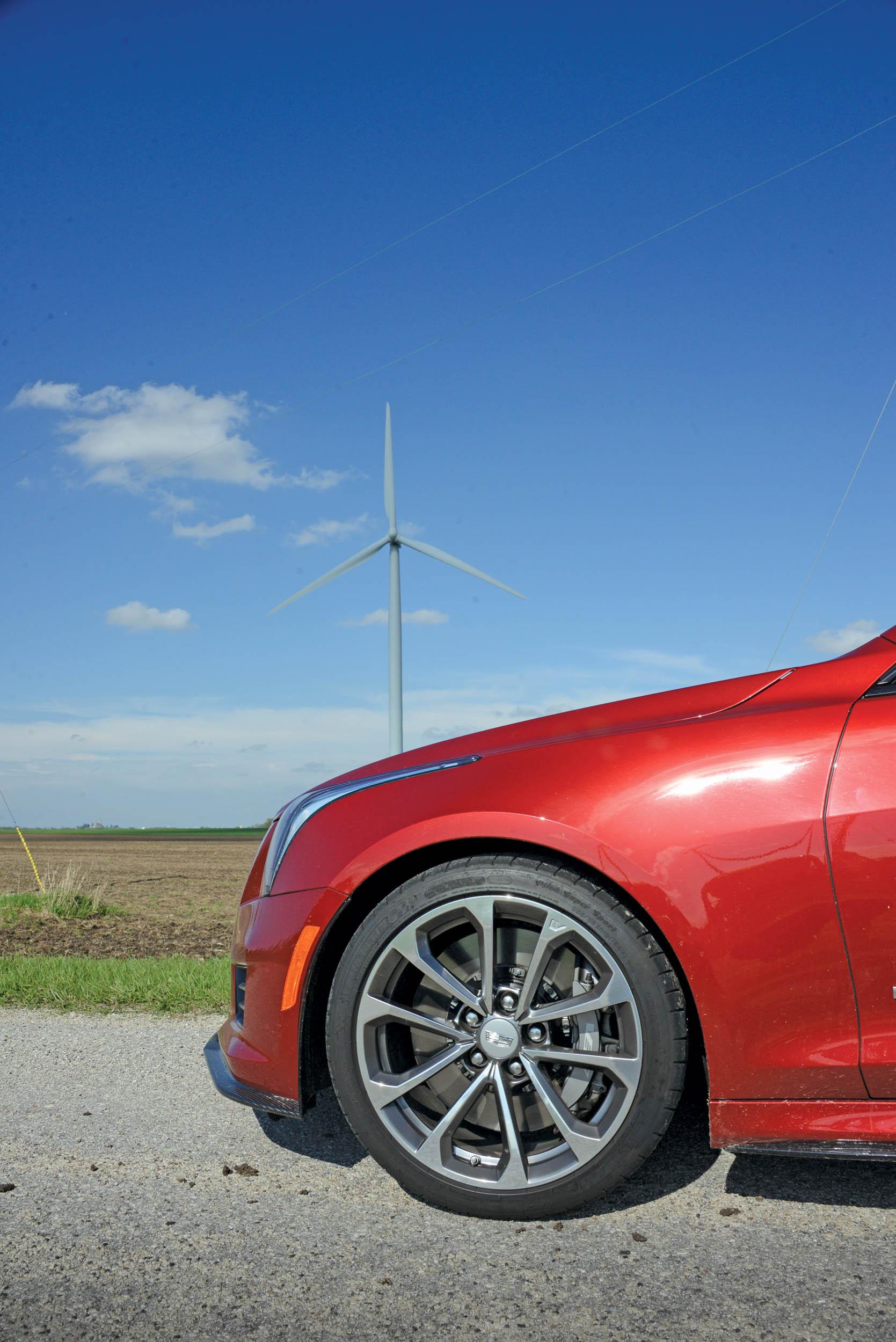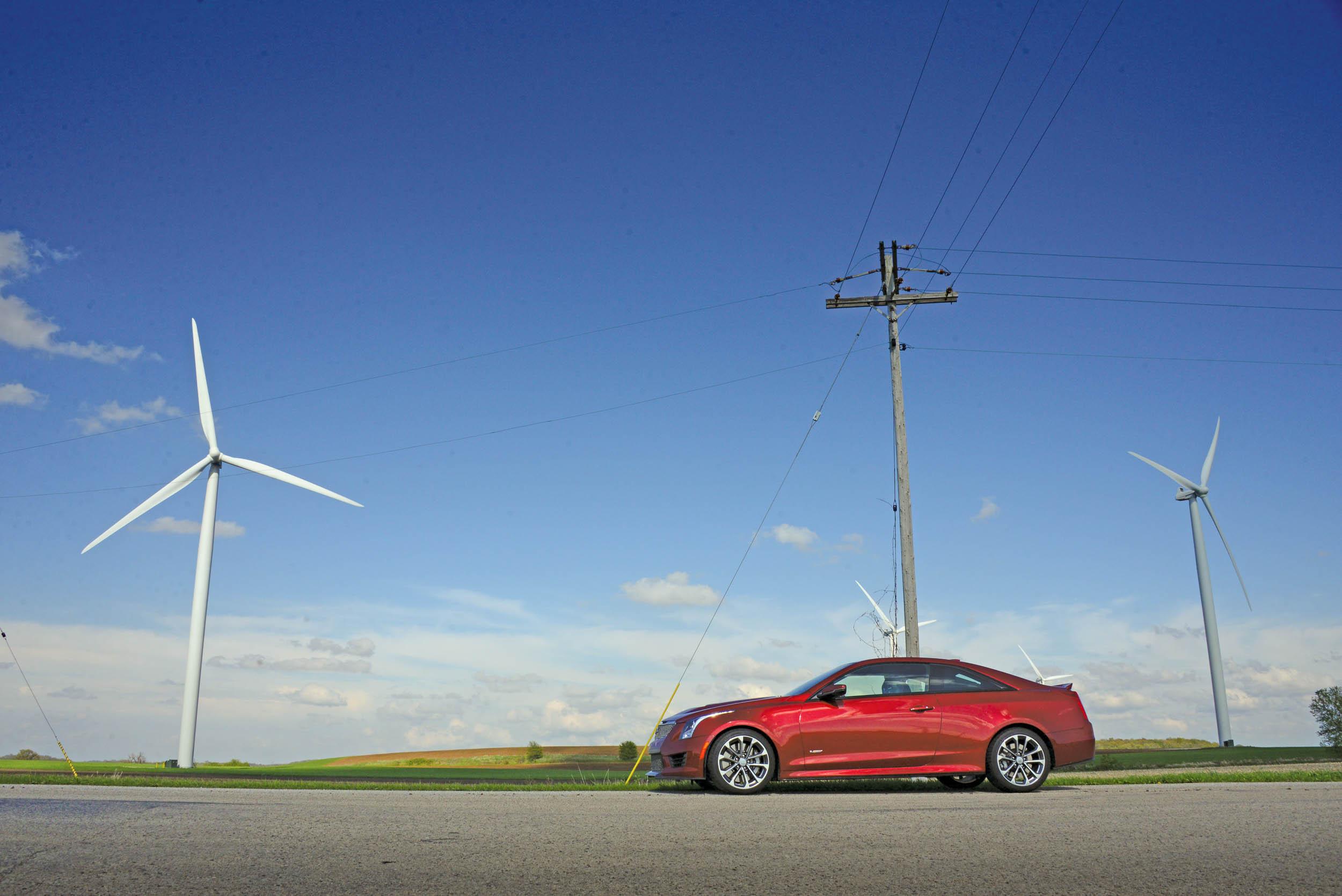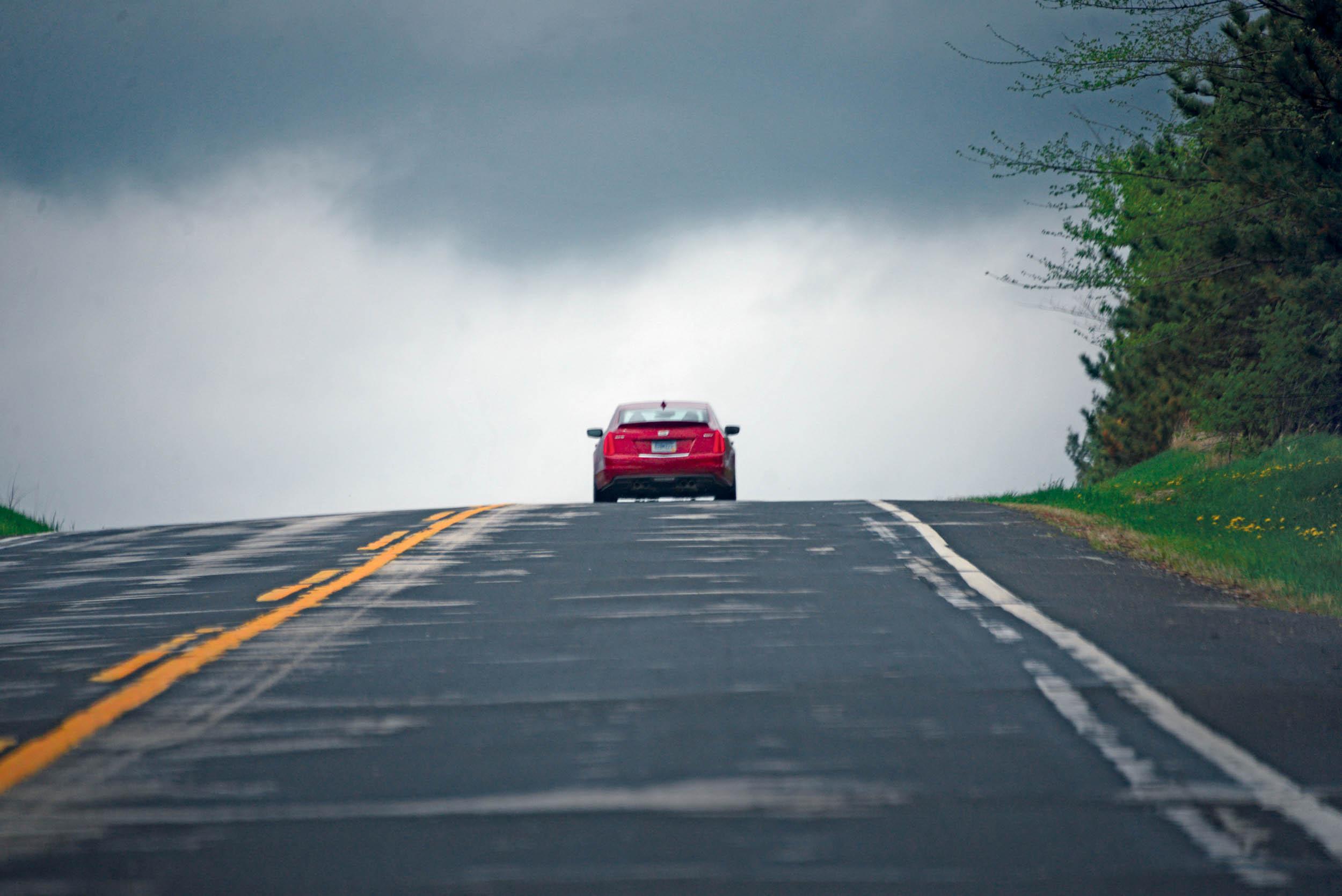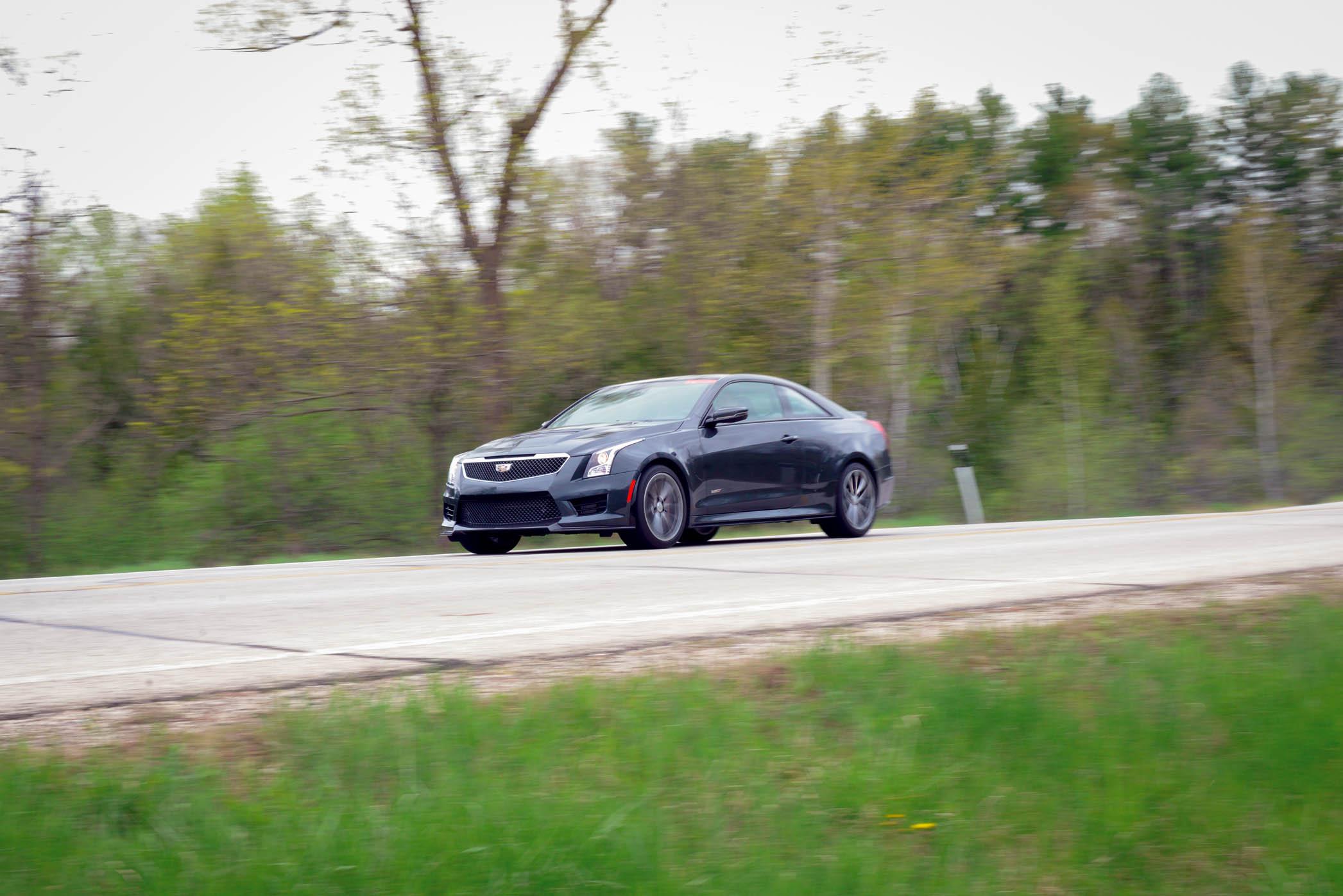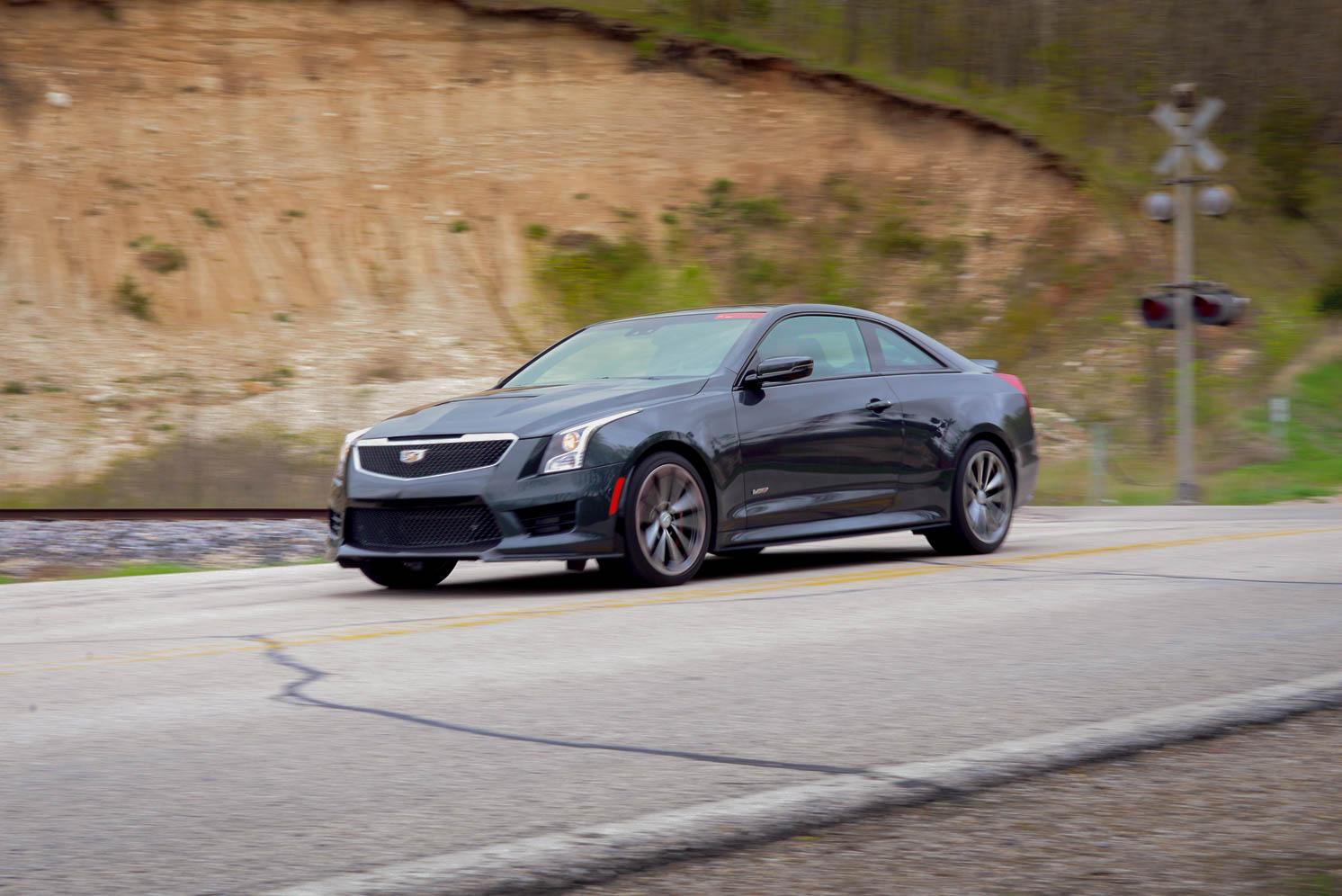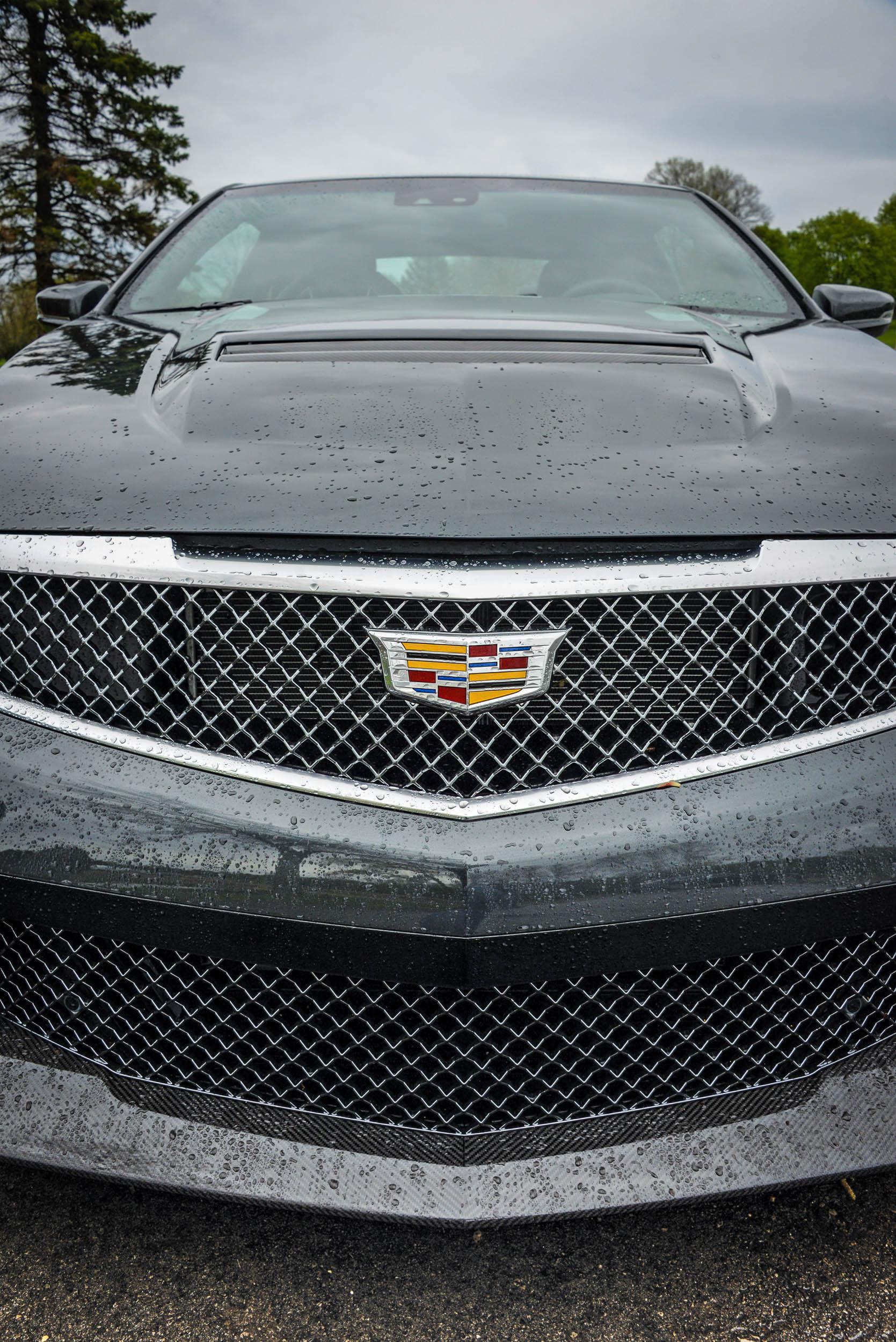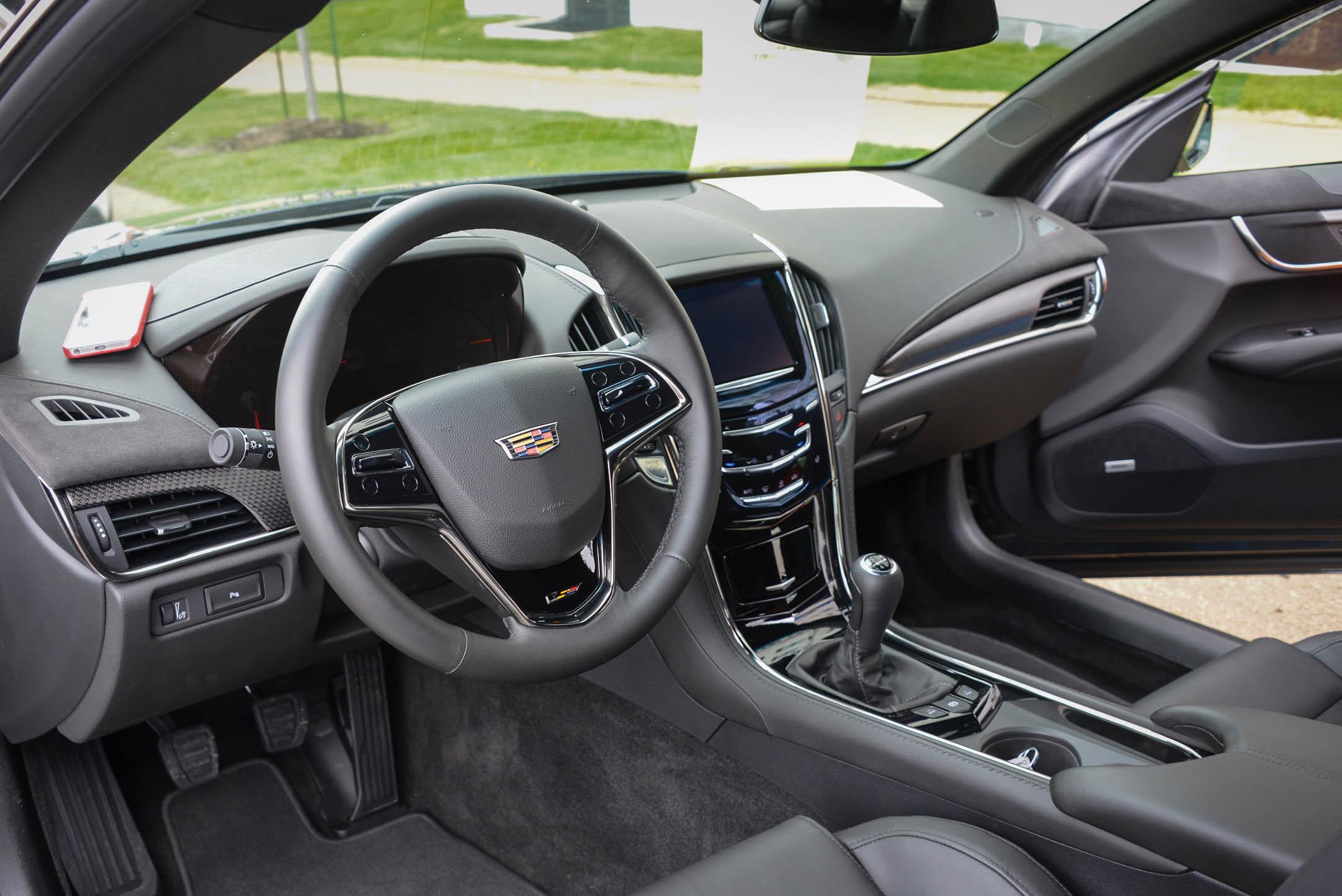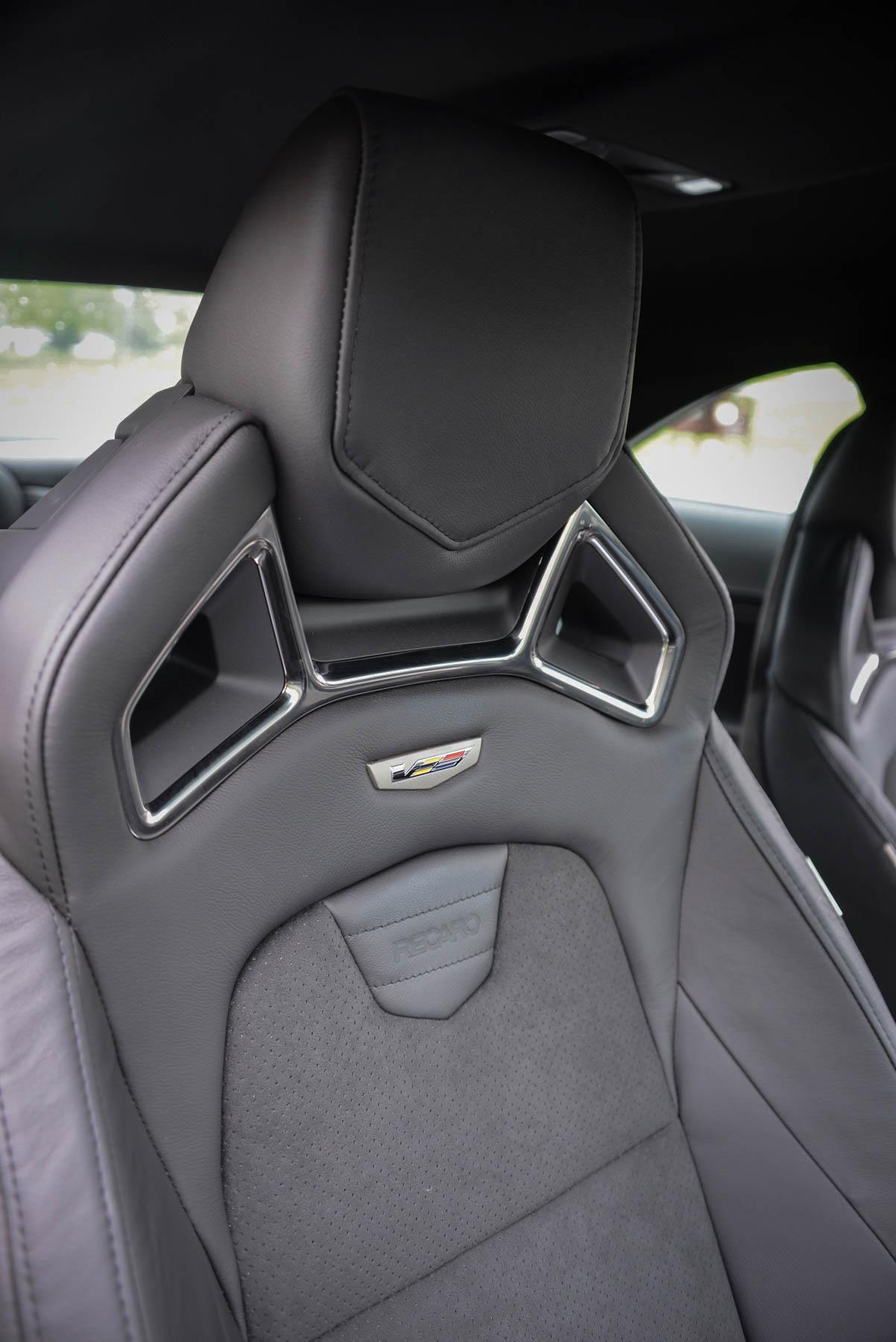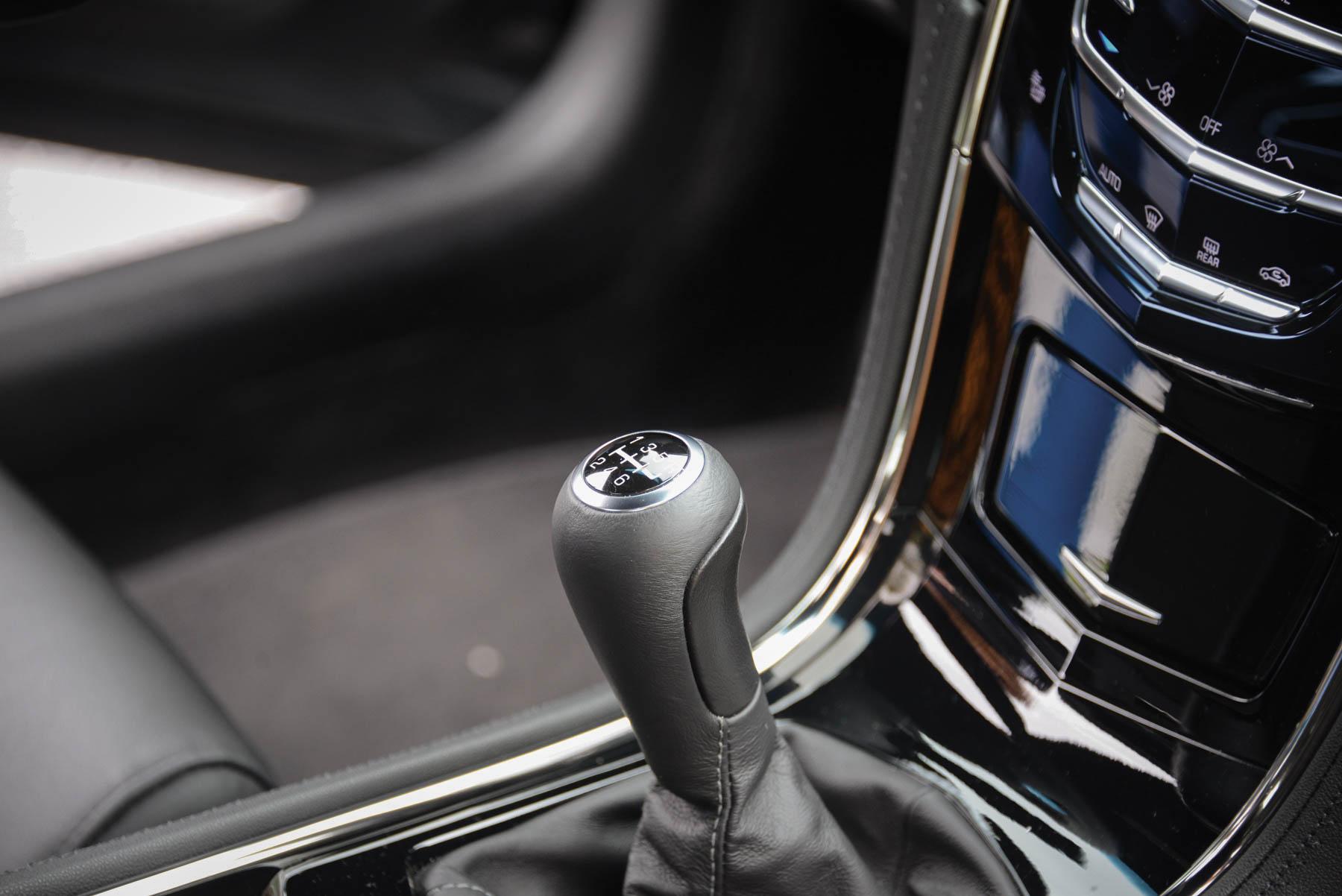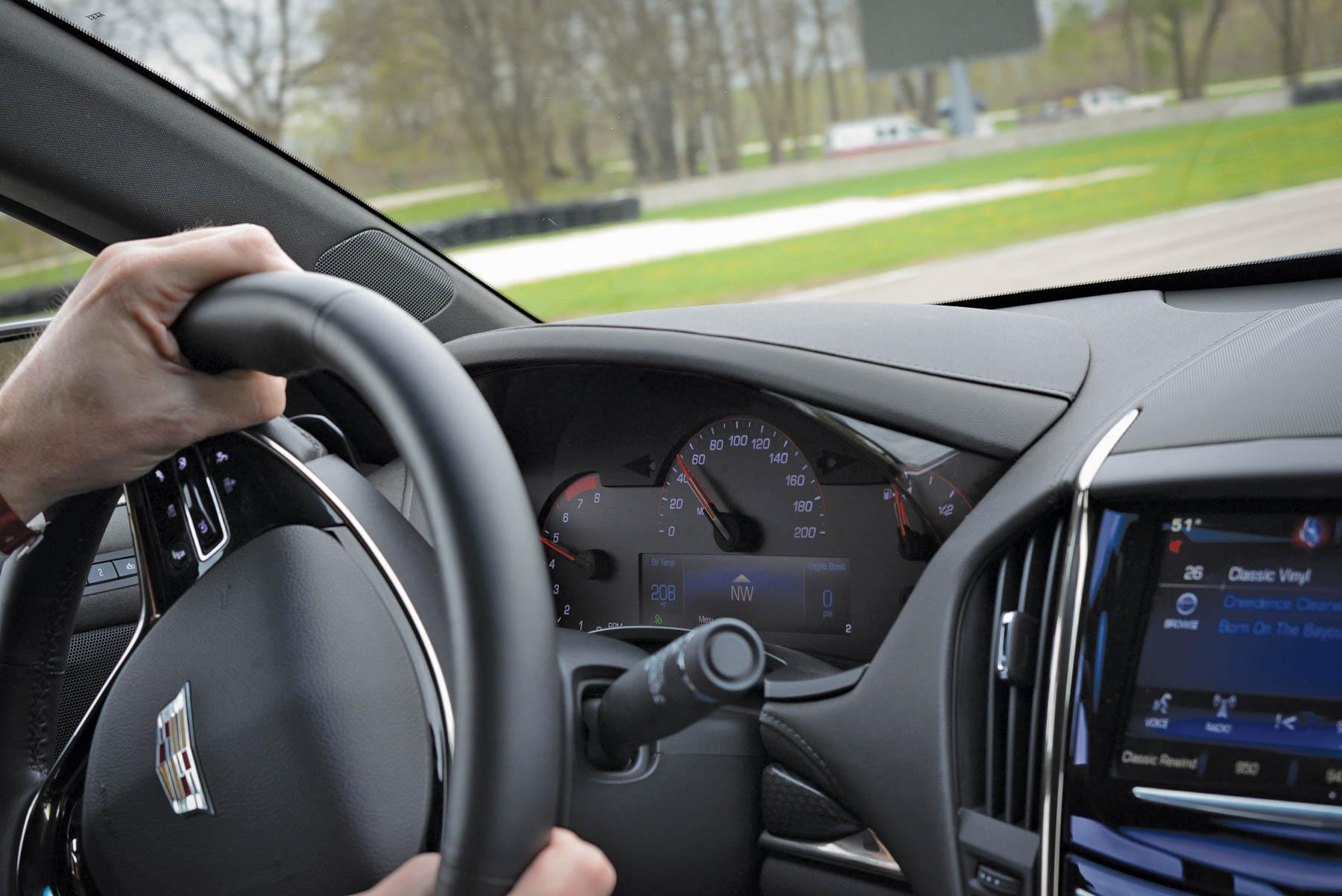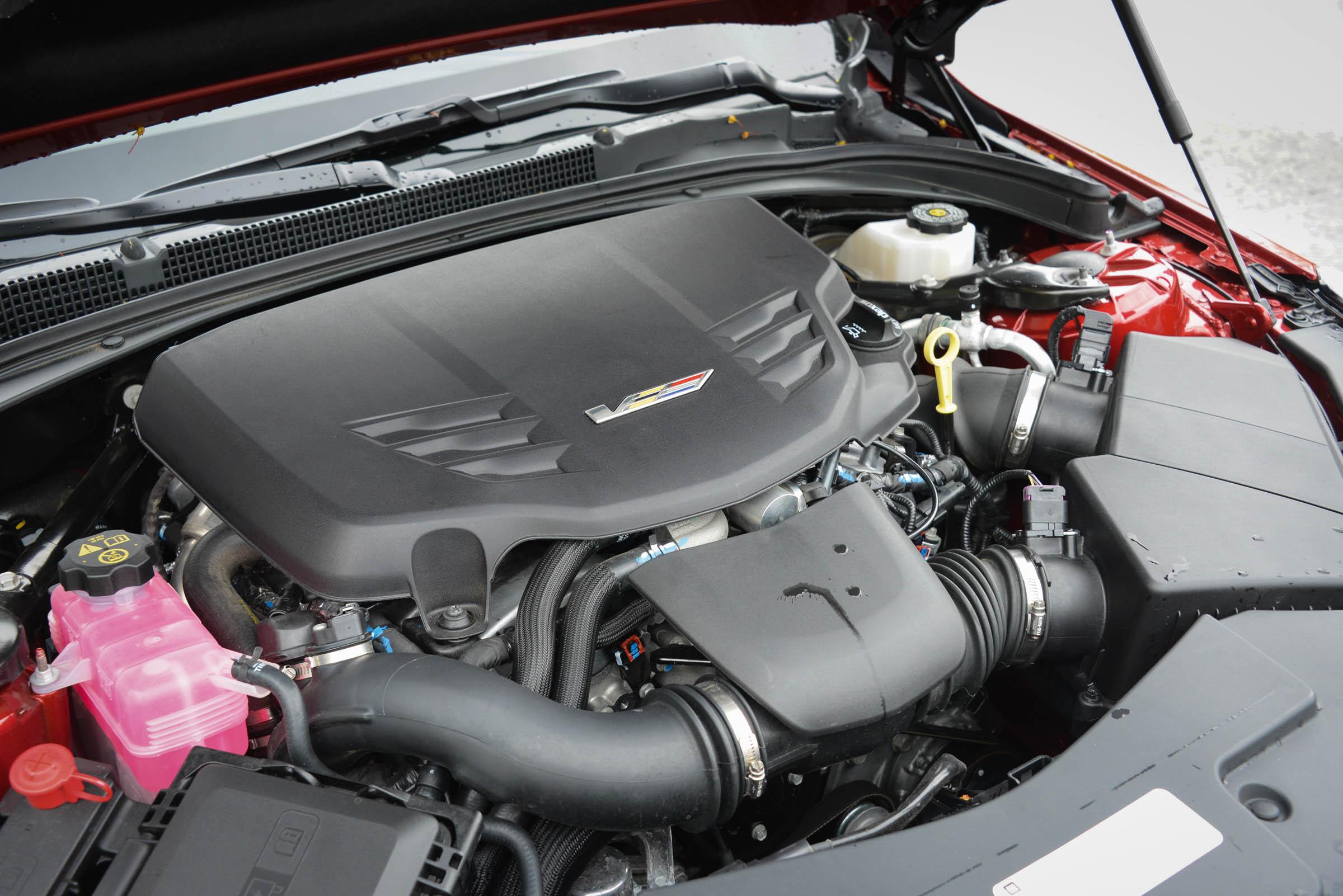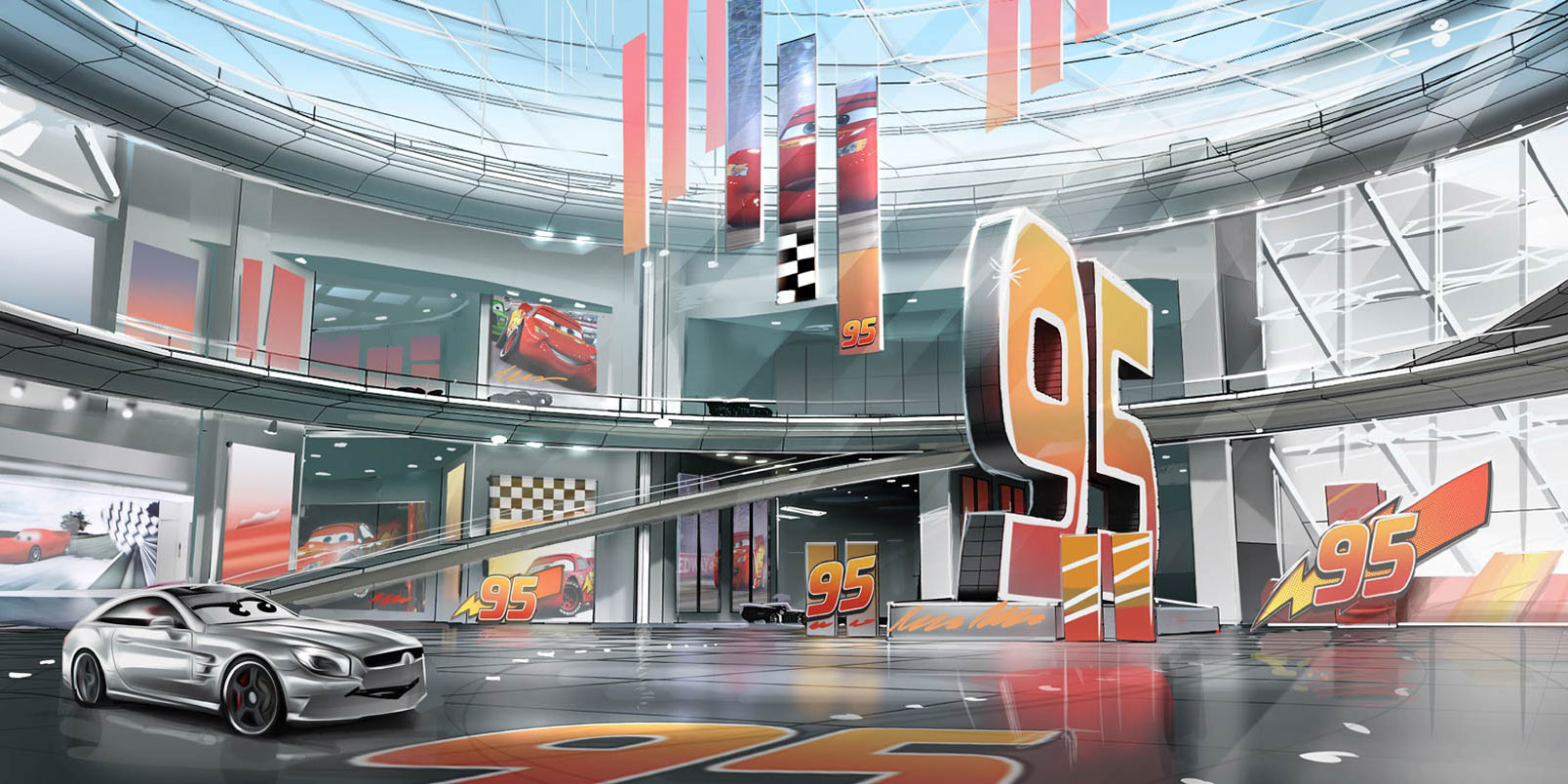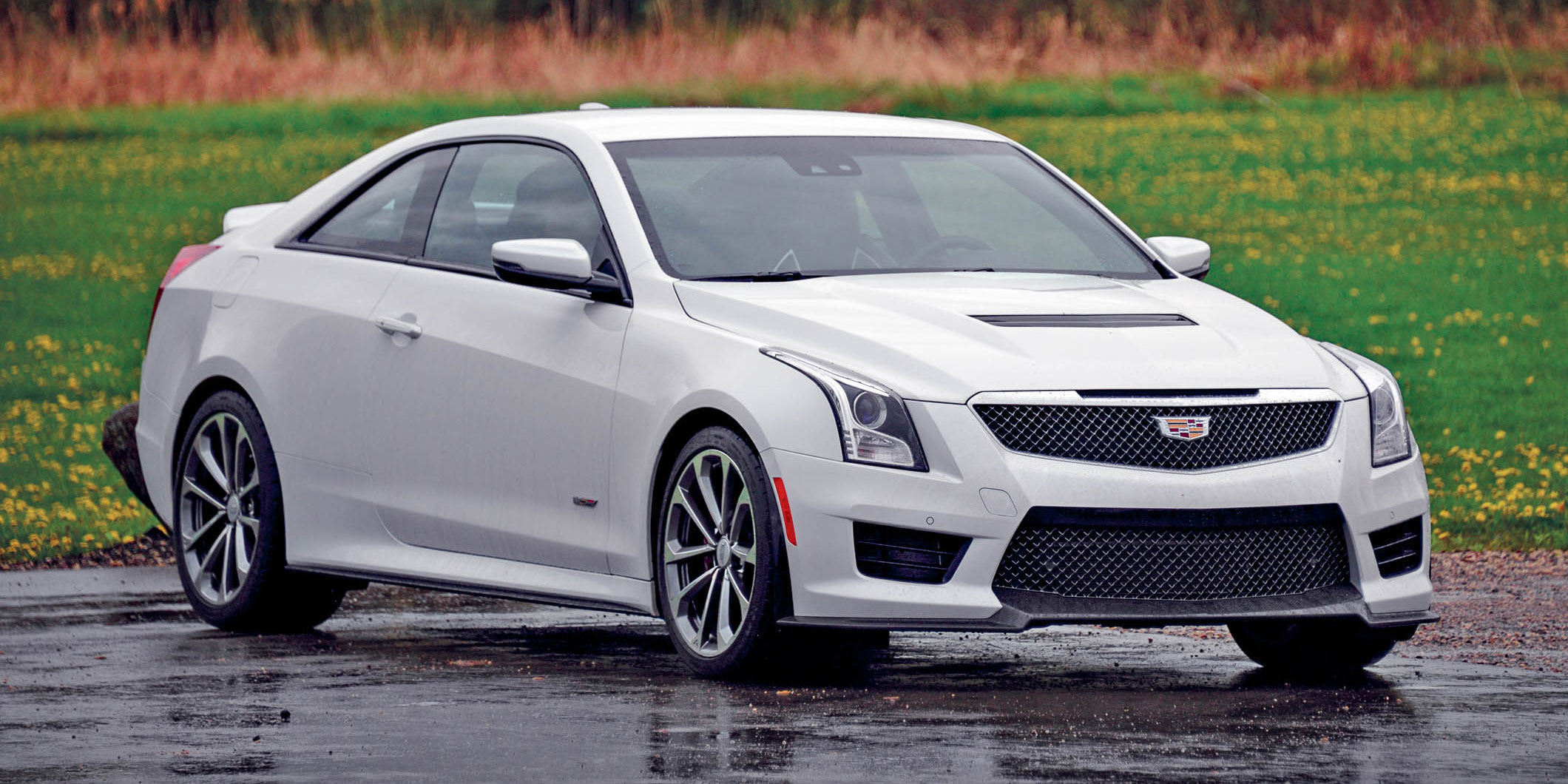
Words and Photos by Jennifer Jensen
I’m listening to a pre-drive presentation by Tony Roma, Cadillac’s chief engineer for V-Series products, and the details he’s sharing are starting to give me goose bumps.
The subject of Tony’s soliloquy is Cadillac’s all-new ATS-V, the company’s first dedicated platform aimed squarely at BMW’s 3 Series or, more specifically, the legendary M3.
It is easy to tell that Roma is excited about these details and since he has worked on every V-Series model that has come out, he knows his stuff.
Roma kicks off his presentation with a profound statement: “With the V-Series, it is no longer a question of why, but when.”
That means the performance faithful have supported Cadillac’s sporting intentions long enough, and the V-Series cars have been good enough to get noticed, that a performance car from Cadillac is now commonplace.
And that’s a good thing!
So what sets the V-Series ATS apart from its lesser brethren? According to Roma it’s all in those goose-bump-delivering details. Let’s dive in.
TURBO-6 PACKS A PUNCH
The 3.6-liter twin-turbo V-6 (designated LF4) is not just a higher boosted iteration of the engine found in the CTS V-Sport (not to be confused with the V-8-powered CTS-V). In the ATS-V the LF4 features titanium rods, a forged steel crankshaft, and hollow sodium-filled exhaust valves.
The turbine wheel is coated in low-inertia titanium aluminide to help lower the rotating inertia and shorten boost response time. The turbos are packaged on the outlet of the integrated exhaust manifold so that the pulses from the engine immediately enter the turbo to spool it up. In essence, the engineering team did everything they could to keep the air channels for the turbos as short as possible to provide immediate response.
All this tweaking helps the LF4 deliver 464 horsepower and 445 pound-feet of torque. In other words, V-8 power emerges from a turbo-6.
The packaging differences were not lost on the development team either.
The turbo-6 is smaller, shorter and lighter than a V-8 would have been. It also helps to provide a perfect 50-50 weight distribution as the engine is tucked away behind the front axle.
COOL AS A CUCUMBER
One of the biggest issues the team faced when trying to extract that much power from this engine package was cooling.
To combat heat the ATS-V has a heavy-duty engine cooler, a differential cooler and two transmission oil coolers, the fluid of which is used to cool the differential.
“The trans gets, essentially, over-cooled and then we send it back to the diff before it makes its way back to the transmission,” Roma said.
When discussing cooling for the overall car, Roma continued: “In regards to cooling, you don’t have to add any after-market anything, you don’t have to change anything on this car to take it to the track. I mean absolutely zero. Burnish the brakes, break in the engine, and then go. That’s something that there are very few cars in the whole world that are really that track capable from when you buy them, and having the diff cooler is a big part of that.”
Other areas of focus were aerodynamics and ride.
The chassis is carried over from the standard ATS, but the team took compliance out of the suspension by using ball joints on the front and rear links instead of the base car’s inner bushings. The V also gets stiffer bars to reduce roll rates.
With these changes the ATS-V achieves a 2.2-degree per G roll rate, meaning that for each lateral G the car only rolls about 2 degrees. This is normally a territory reserved for pure sports cars, not family coupes or sedans with sporting intentions.
Roma also explained that the development team added diamond bracing in the front structure, not because the car needed reinforcing, but because it helps increase feedback from the steering. This achieves the “subjective feeling” to help give the ATS-V “character.”
It is the third time in his presentation that Roma brings up “character,” and that is incredibly encouraging.
DUALITY
The goal is for the ATS-V to have a split personality, one for road and one for track.
“We want to beat up on the M3, performance wise,” Roma said. “That doesn’t mean we want to out BMW, BMW because that is a losing proposition. But we want the flavor, the character and the personality of the car. These are all things that a car like this has to have. It has to speak to you; it has to have a personality. We want that personality to be uniquely American and be familiar to people who like the ATS, the CTS and the previous generation V, but the performance benchmark is clearly the M3.”
That is a challenging line to walk, but we are about to find out if the team has succeeded.
We walk outside and are greeted with a line of ATS-V’s in coupe and sedan form wrapped in varying colors with a choice of 6-speed manual or the Corvette derived 8-speed automatic.
I gravitate to a dark gray coupe — with a stick.
STEPPING INSIDE
Each car here has the carbon fiber package along with optional Recaro seats. The ATS-V certainly looks the part. The big bulging hood blatantly lets everyone know that something wicked resides underneath.
The aero package makes the ATS look like it will be right at home on a track and the bigger wheels and tires add to the image. Opening the door I am greeted with a whole lot of black. With the car shut off, nothing in the center console is lit so it’s just a bunch of black. Black plastic, black screen, black leather — black, black, black.
Fortunately, when you fire up the engine the V comes to life, and the pit of black despair glows to life with beams of hope.
Regardless of the trim pieces, most of the materials feel good to the touch, but other than the 18-way adjustable Recaros, the V doesn’t feel any more “special” than a standard ATS.
I make myself comfortable and follow the row of ATS-V’s away from our meeting spot, just before the rain hits.
BOY-RACER MODE
The clutch is light and engages with authority. The stick is a little notchy and, I have to admit, feels a little out of place at first. But it practically begs to be firmly rowed through the gears, and the harder I drive the better it reacts.
I start in “Tour,” one of four drive modes (Sport, Track and Snow/Ice are the other three), which keeps things a little more subdued. Switching to “Sport” opens up a valve inside the exhaust that lets the engine noise really shine.
Roma refers to this as “boy-racer” mode. I like it.
Cadillac claims 0-to-60 mph in 3.8 seconds, and it certainly feels that fast to me. The ATS-V exhibits very little lag from the turbos, and throttle response is progressive and, at times, aggressive.
Now we’re talking!
One of my favorite features of the manual transmission iteration of the ATS-V, other than the fact that the car is even offered in a manual, is GM’s “No-Lift Shift,” which is exactly what it sounds like. Slam the accelerator to the floor and keep it there as you upshift. The technology will hold engine revs and, more importantly, keep boost dialed in, while you slam the next gear home.
It’s a revolutionary feeling at first, but as soon as you trust the car will not let you over-rev the engine, it becomes totally addicting.
KINKS IN THE ARMOR
The standard magnetorheological shocks do a very good job of taking care of road imperfections. The ride is good.
But there is far too much noise in the cockpit for a luxury-performance car. The engine noise is good but not great, and it is nowhere near as audibly pleasing as a typical V-8.
The wind and road noise, however, are nowhere near good. The Michelin Pilot Super Sport tires may be partly at fault.
After a couple of hours on Wisconsin back roads, the kinks in the ATS-V’s armor begin to show through. CUE (Cadillac User Experience) is still just a pain to deal with.
It works far better than the system we had in the ELR this past fall, but it really makes me yearn for reliable and easy-to-use knobs and buttons.
And going back to an earlier statement, the ATS-V still doesn’t feel “BMW special” to me. Yet.
BMW SPECIALNESS
But wait, there is way more: We took the cars to the 4.048 miles of Road America.
This is where the ATS-V really comes alive, and it is startling how well the car performs. All the little details Roma was expounding upon add up to one serious corner-carving tool. The ATS-V feels light, nimble and very quick.
While stripping rubber off of those Michelin tires I begin to daydream about competing in this car.
The Brembo brakes feel more than up to the task of slowing the V even as we enter turns one or five from full throttle runs on either the front or back straight. The brakes exhibit no signs of fading or wear as I push harder and harder.
It’s almost unbelievable how much fun this car is at the track.
But therein lies the issue with the ATS-V. The team excelled in delivering on their plans to make a track star, but in doing so, they have removed some of what I would expect from a Cadillac.
Yes, you can take an ATS-V to the grocery store or use it on a daily basis, but that side of the split personality feels fake and seriously subdued. Off the track it does not tease you with the sense of potential adventure you feel when driving the BMW. Everywhere!
OUR CONCLUSIONS
“I don’t have to make any excuses for this car,” Roma said. “All of you are going to drive it, and most of you probably have already driven the BMW, and you will draw your own conclusions.”
Yes, we have driven the BMW M3/M4, and now we have driven the ATS-V.
While the ATS-V has perfectly balanced weight distribution, it is not a balanced character. It feels out of place in the real world in a way that is at odds with the traditions of Cadillac.
Does it best the standard from Munich? On a track it very well may post better lap times,
But Cadillac has not achieved the best of both worlds with the ATS-V. What they have built is a track weapon that is incapable of wearing suit and tie in a way the M3 can.
Originally published in 2015

